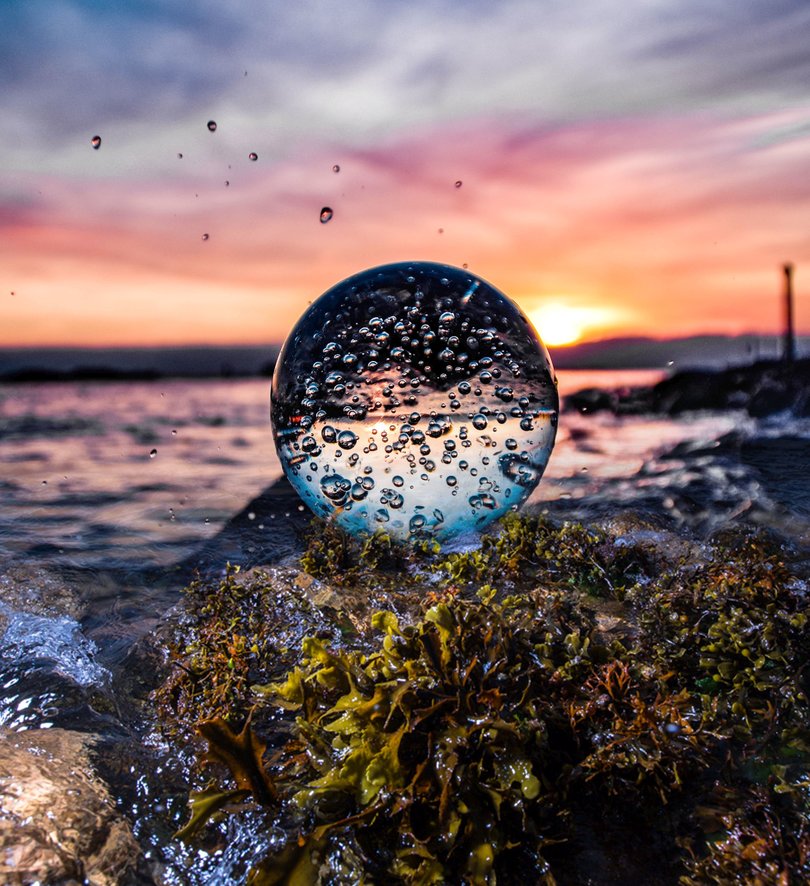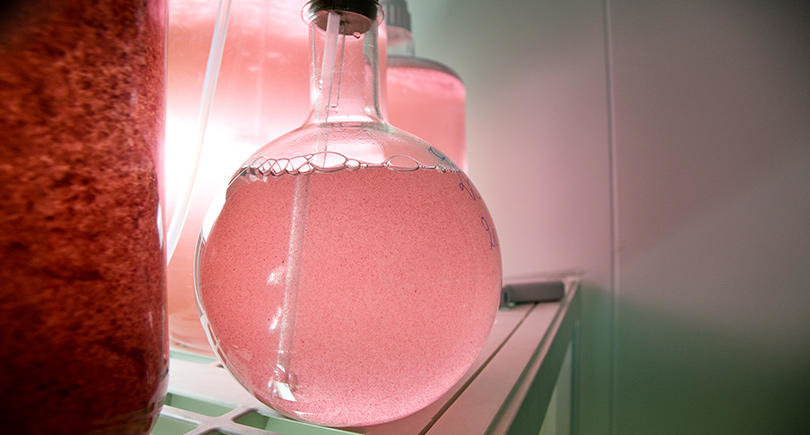Eco-design is a practice that has become unavoidable in all industrial fields: automotive, packaging, textile ... examples of new eco-designed products are not lacking. Eco-design consists of integrating the preservation of the environment at all stages of a product's life cycle, from the sourcing of raw materials to the end of life, through the manufacturing and distribution processes.
The cosmetic industry is no exception and innovates in this field. The sourcing of ingredients occupies a central place in the eco-design approach and the use of natural and renewable ingredients has become essential. It is also a key argument in brand communication as consumers often associate naturality with safety. This craze for plant-based raw materials nevertheless has its limits since it increases the pressure on natural resources: the preservation of biodiversity has thus become a major concern for ingredient manufacturers.
Eco-design in cosmetics also involves saving drinking water. According to a recent report by the World Resources Institute, 33 cities worldwide, with a total population of over 250 million, are currently experiencing severe water stress. By 2030, this population is expected to exceed 470 million1. Overconsumption of drinking water for industrial purposes is no longer acceptable.
Seppic has taken the measure of these stakes and has worked on different axes as socially and environmentally respectful plant sourcing, "upcycling" and biotechnologies during its latest product developments to offer new ingredients sourced sustainably, responding to current environmental issues, and answering cosmetic market expectations.
A commitment to sustainable wild botanicals collection
Serdex, a subsidiary of Seppic, manufactures highly purified active ingredients extracted from Centella Asiatica and other Malagasy plants. Being respectful to traditional know-how and developing local suppliers in areas from where the plants originate, is at the heart of sustainable development of Serdex.



